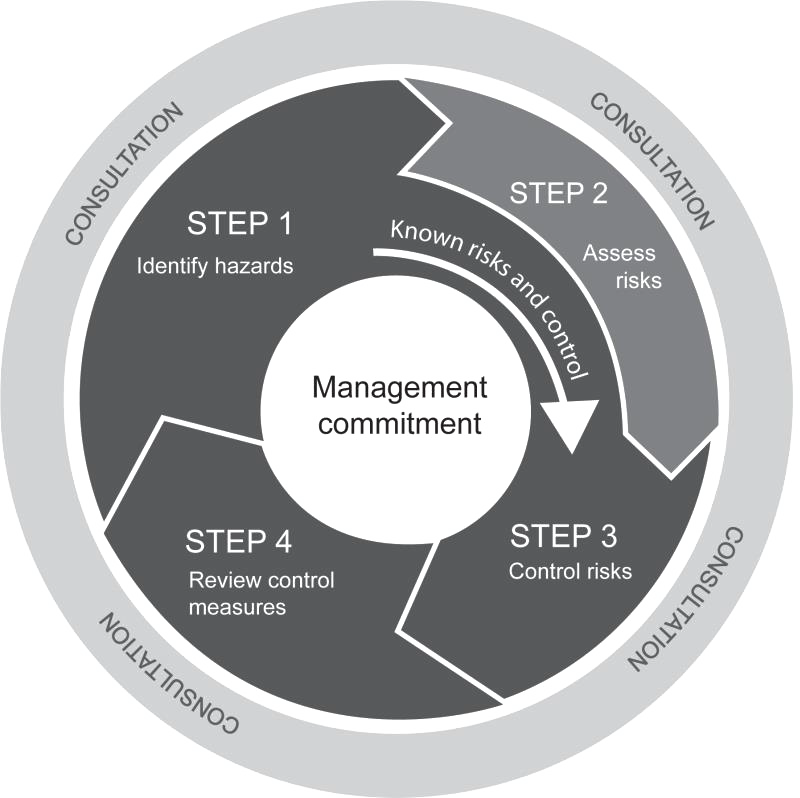Menu
- Membership
-
Services & advice
- Building, planning & development
- Contracts & disputes
- Employment & wages
-
Health, safety & environment
-
Common hazards
- 10 critical risk events and controls
- Asbestos
- Bullying & harassment
- Chemicals
- Confined spaces
- Electricity
- Excavation
- Falling objects
- Fatigue
- Heat-induced illness
- Heights
- Manual tasks
- Mobile plant
- Noise
- Psychosocial Hazards at Work
- Power tools
- Severe weather
- Silica
- Site security
- Sun & ultraviolet rays
- Storage & housekeeping
- Underground & overhead services
- Health & Safety Representatives (HSRs)
- Incident management
- Mental Health
- Risk management
- Safety documents & signage
- Safety health checks
- WHS self assessment tool
- COVID-19
-
Common hazards
- Laws, codes & regulations
- Licensing
- Members Legal
- Products
- Training
- What's on
- News & publications
- Homeowners
- About
- Contact
- Terms & conditions
Related links
All employers have a duty to manage health and safety risks for their workers by eliminating or minimising the risks as much as possible.
Risks should be assessed proactively, through a Risk Management process. This process will help you respond to change effectively and continually improve safety practices in your business. It should be systematic and cover all foreseeable hazards and associated risks.
But first, it’s important that you understand some of the terms associated with risk management:
- Hazard – a hazard is a situation or thing that has the potential to harm a person (for example concrete placing boom (CPB) audits)
- Risk – is the possibility that harm (death, injury or illness) might occur when exposed to a hazard (for example asbestos compliance audits)
- Risk control – is the action you take to eliminate or minimise a risk as much as possible.
Risk management process
The risk management process has four key steps:
Step 1: Identify hazards – identify what it is that could cause harm.
Step 2: Assess risks – assess the nature of the harm that could result because of the hazard, how serious the harm could be and the likelihood of it happening.
Step 3: Control risks – determine which control measures will be most effective and implement them.
Step 4: Review control measures – assess whether your control measures are working.
You should consult with your workers at each step of the process, as workers generally have a good understanding of the associated hazards and risks related to tasks they’re performing and effective control measures.

When do I use it?
Risk management is an ongoing process, usually triggered by a change in work processes. You might use a risk management process when:
- Starting a new project or business
- Changing your work practices, procedures or working environment
- Purchasing new or used equipment or using a new substance
- Assessing whether you need to improve productivity or reduce costs
- Finding out new information about workplace risks
- Responding to a workplace incident
- Responding to concerns raised by others
- Designing and planning new products or projects.
Need more information?
If you haven’t found the answer to your questions on our website, give us a call or email us.





